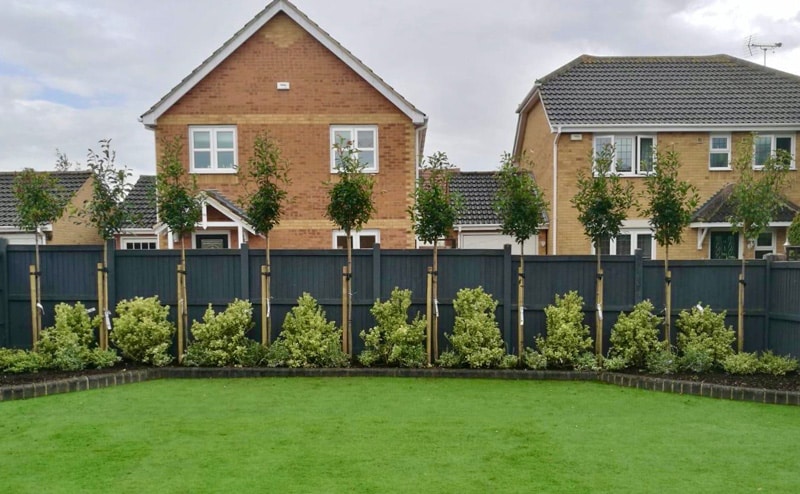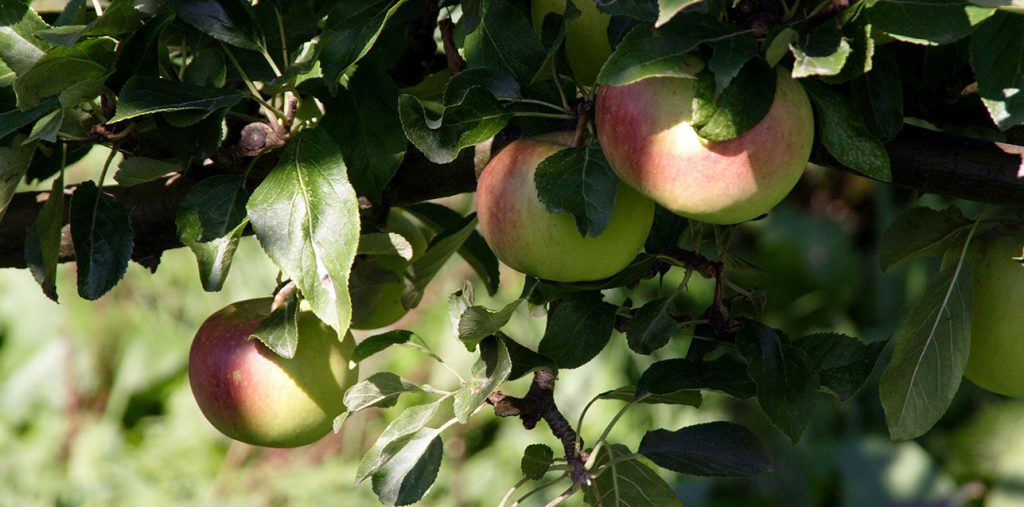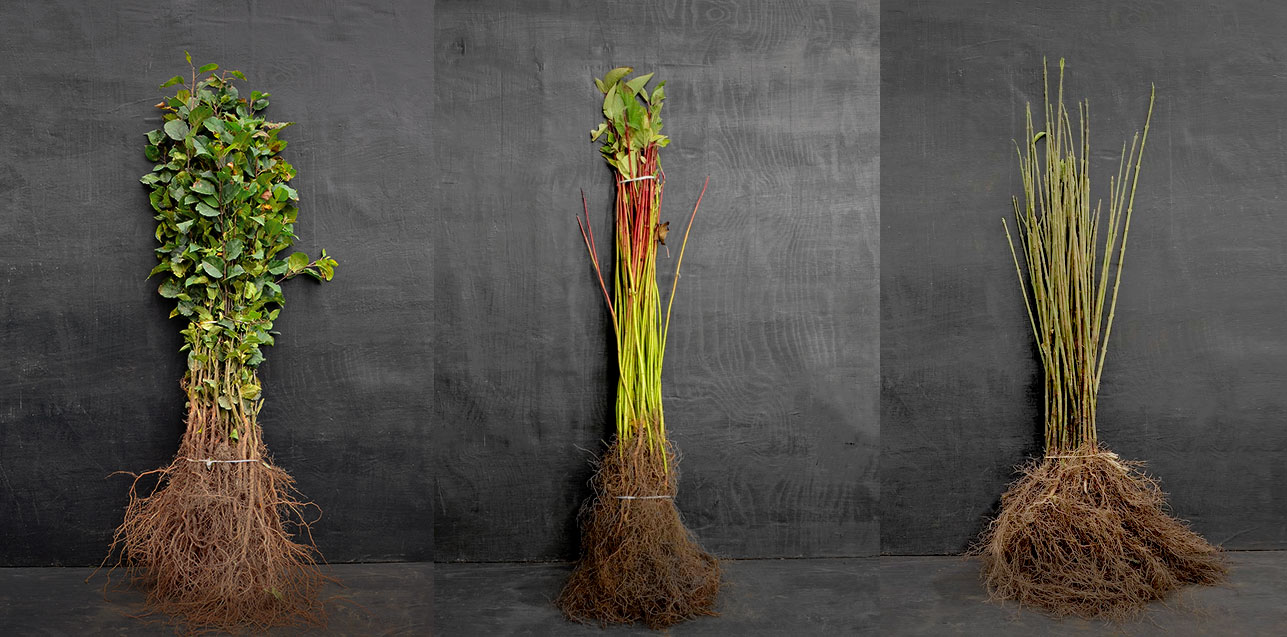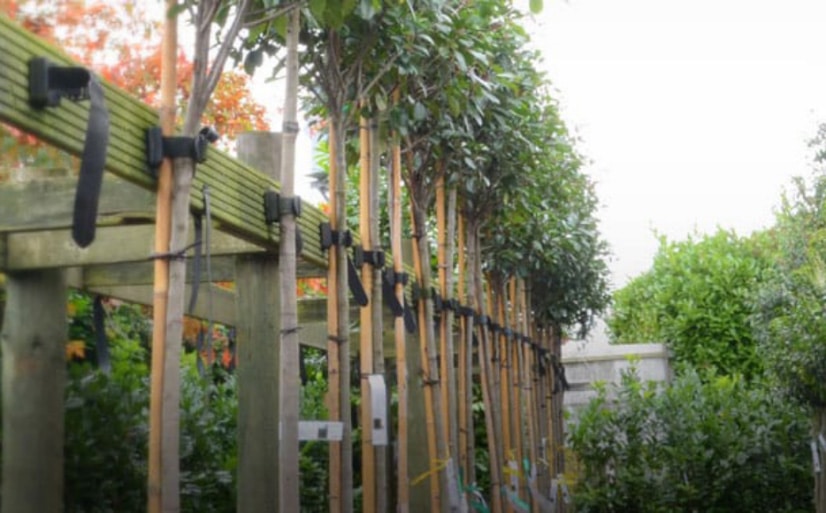In this beginners guide to planting bare root hedging and trees we will discuss the benefits of choosing bare root plants as well advice on how to plant and care for them.
What are Bare Root Plants?
Bare Root plants are plants that are sold without any soil around the roots. They are carefully lifted from the ground during their dormant season, which usually lasts from November to March. During lifting, we take great care to retain as much of the root system as possible before gently removing the surrounding soil and ensuring the roots are well-protected for transport. This method allows the plants to be kept out of the ground, making them easy and convenient to transport!
We can supply a wide selection of trees and hedging in bareroot form, sizes vary but it can be up to 2.1m in height depending on the specific species!
Why choose Bare Root?
One of the most significant benefits of choosing bare root trees is their affordability (they can often cost less than a third of what you might pay for a container-grown plant). Additionally, because bare root plants are transported without soil or containers, they are much lighter. This reduced weight often translates to lower shipping costs compared to container-grown or root-balled trees! The low cost also means you can choose to plant more densely.
Bare Root plants are also convenient to plant as the lack of soil and weight makes planting much easier! These plants also establish quickly if there is good root/soil contact!
Planting & Maintenance
Once you receive your bare root plants, it’s important to protect them from drying out. We recommend leaving the plants in their bags and storing them in a cool, sheltered location such as a garage or shed, where they will be protected from frost and wind. Just make sure to sprinkle a little bit of water on the roots every couple of days to maintain adequate moisture!
If you are unable to plant your bare root plants within one week of receiving them, we recommend that you dig a trench in a sheltered part of your garden and heel the plants into the soil to cover the roots so that they are protected. When you are ready to plant, simply lift the plants from the soil on the day that you need them.
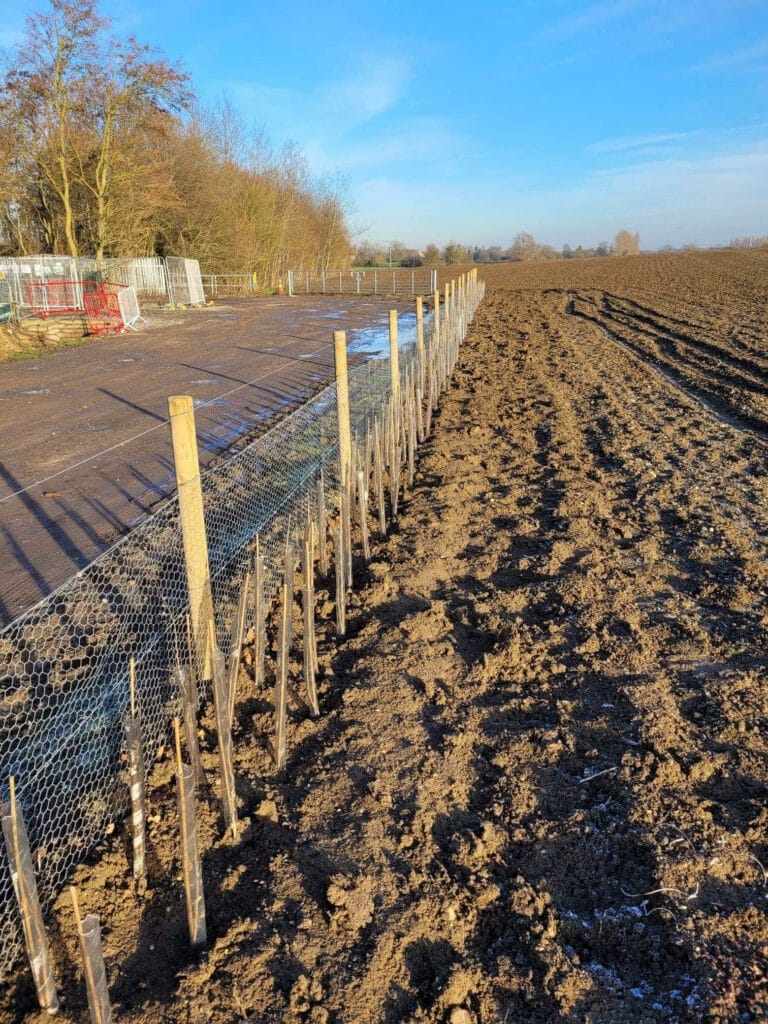
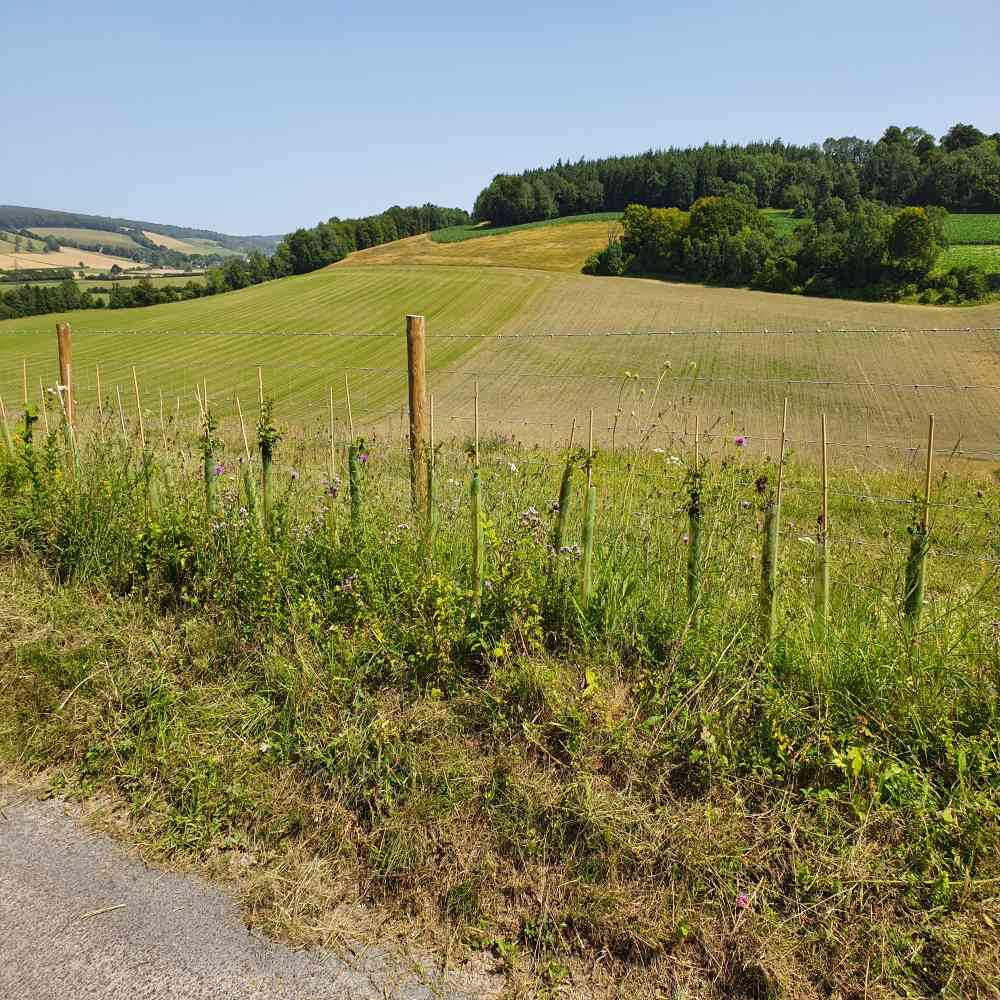
Planting small Bare Root plants: ‘Notch Planting’
‘Notch Planting’ is a very successful method for establishing large quantities of small hedging. You just need to…
- Make sure that the roots are moist before planting.
- Open up a slit in the soil, push a spade few inches deep and move back and forward.
- Slide the root of your bareroot plant into the slit, up to the nursery soil mark.
- ‘Heel in’ tight to ensure good soil/root contact.
Planting large Bare Root plants and trees:
- Make sure that the roots are moist before planting.
- Dig a hole or trench wide enough to accommodate all of the roots. The planting depth should be to the nursery soil mark on the stem.
- Make sure the depth allows the roots to be as straight as possible. Avoid bunching up and allow extra space for root expansion.
- Include a compost high in nitrogen when you backfill.
- Do not plant in waterlogged or frost covered/frozen soil. If you need to plant during the frosty winter months, cover the area you’ll be planting a few days in advance. This will help to keep the frost out.
Watering and Mulching Bare Root Plants
Water – Even if rain is on the way, bare root hedging and trees will need to be watered in well when planted. They will also need a regular watering schedule for at least the first year after planting.
While it’s easy to remember in the summer heat, it is also important to check the soil after any extended dry spells in winter and spring. Checking the soil regularly will help you determine if the soil is moist enough and when watering is needed. For a more convenient and reliable watering solution, consider installing an irrigation system. We offer both ‘leaky pipe’ systems and ‘Rootrain’ systems, the latter being particularly suitable for container-grown plants. We can also take care of the installation for you if you are local to the nursery!
Mulching – Adding a layer of mulch, such as wood chips, around your trees is a great way to reduce weed competition and help the soil retain moisture. For continued healthy and vigorous growth, we recommend topping up the mulch annually in the spring. By maintaining this practice in the early years following planting, you could see as much as one-third extra growth per year!
Protecting Bare Root Plants
Staking – Smaller bare root trees and hedging plants can be secured with a bamboo cane, larger plants will need a wooden post and rubber tie. Staking is always beneficial as it helps to avoid root disturbance. Just remember that the stake should not exceed the height of the plant and should be positioned on the side most exposed to wind.
Protection – Protection accessories such as spiral rabbit guards or suitable tree, shrub, or deer guards can be very effective in preventing damage to the plant from animals.
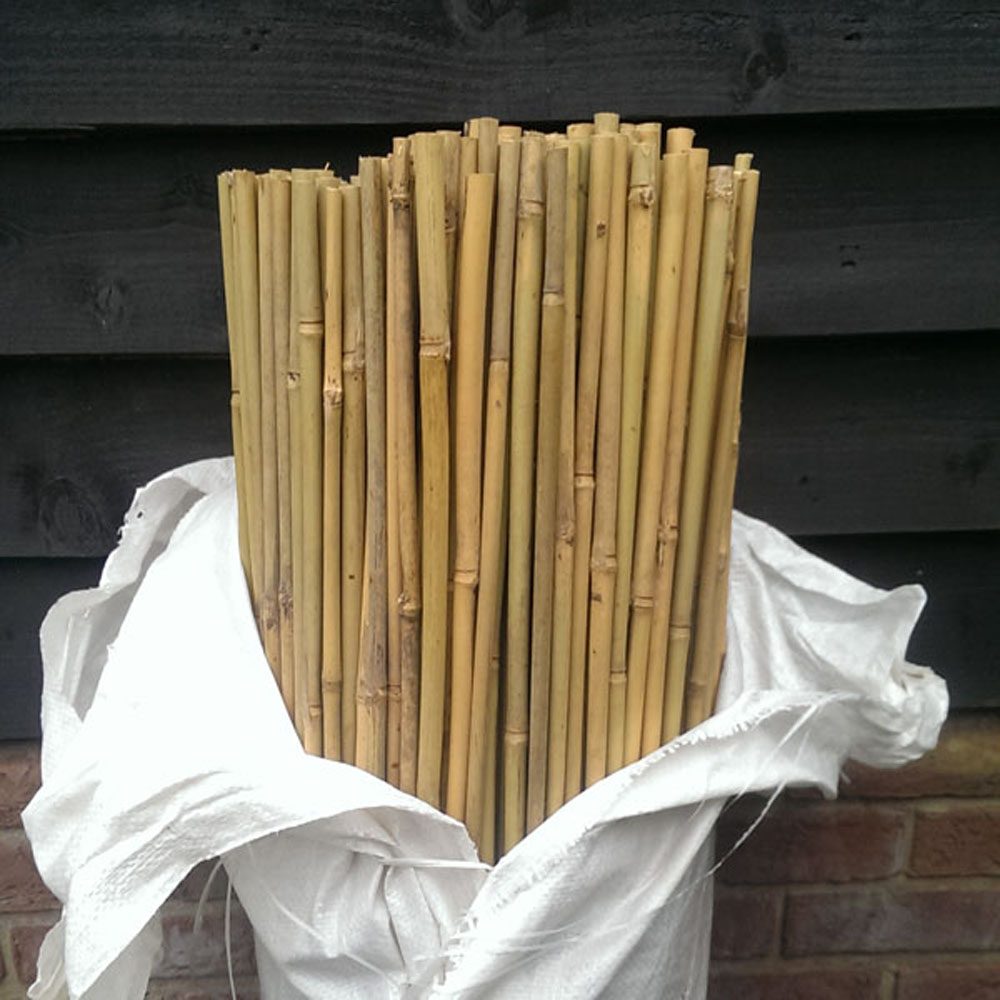
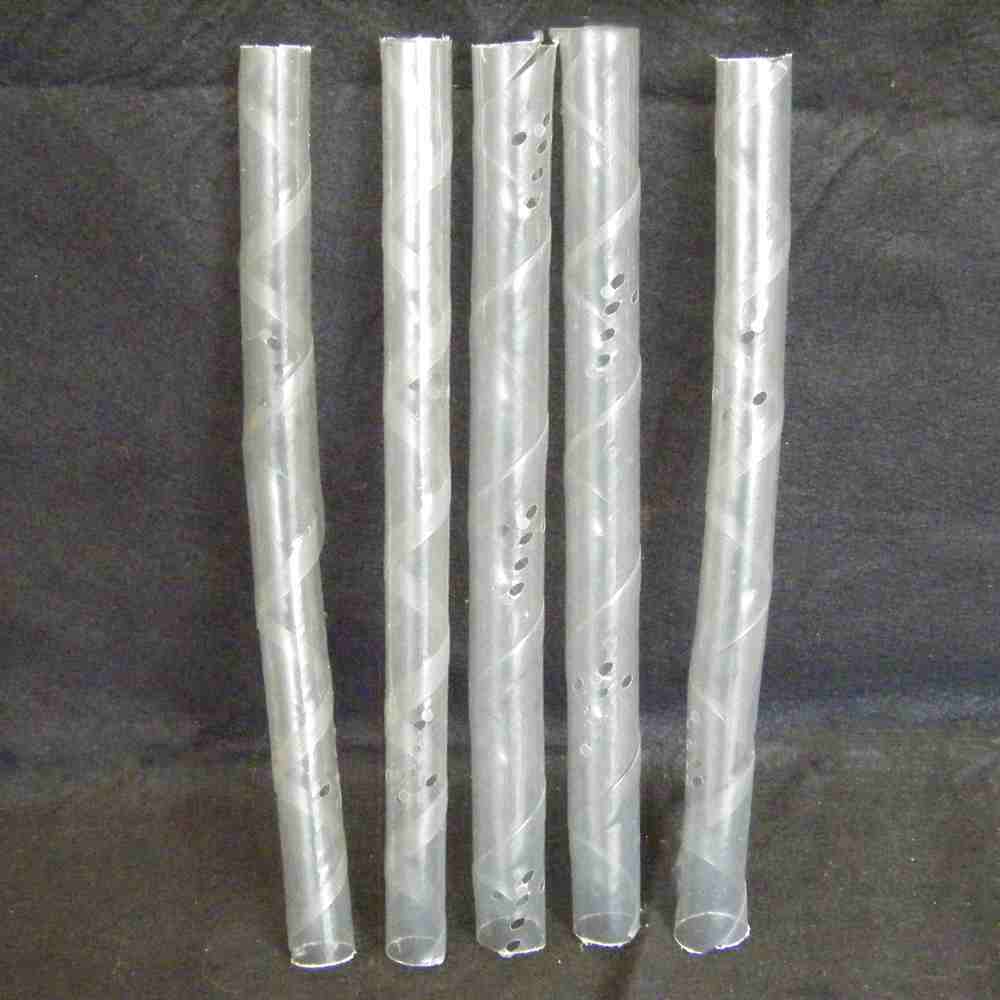
We hope our beginner’s guide provided clear instructions on how to plant bare root hedging and trees. Please keep in mind that a 5% overall failure rate is considered acceptable with bare root planting. However, following the simple guidelines outlined in this guide will significantly increase your chances of successful establishment. When planning your planting density, it’s also wise to factor in the potential failure rate!

